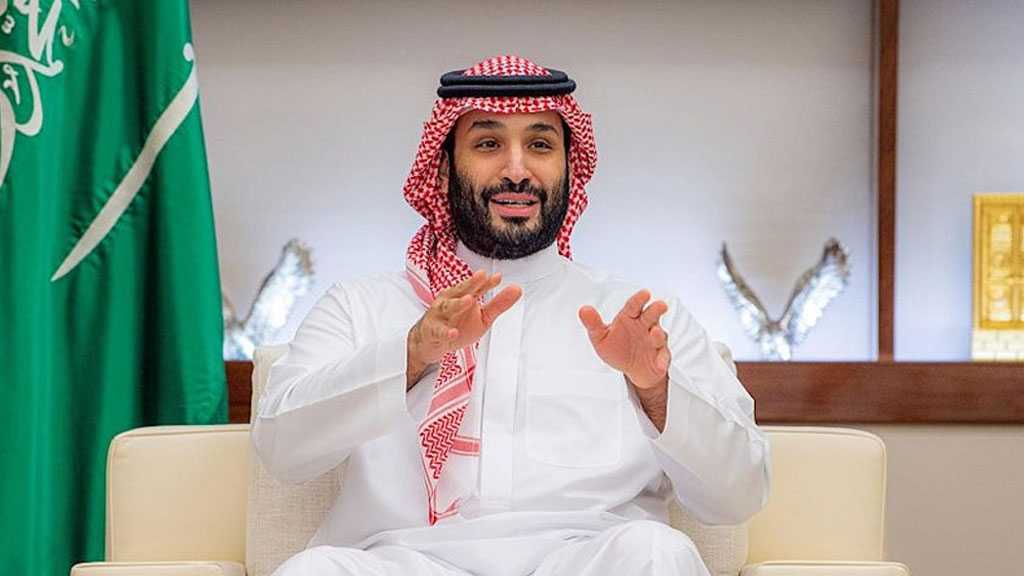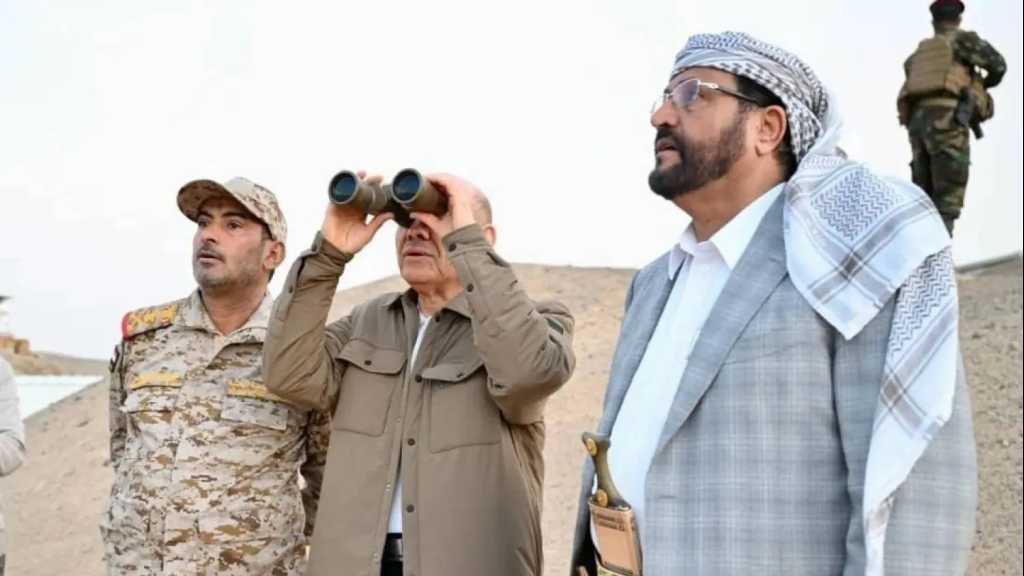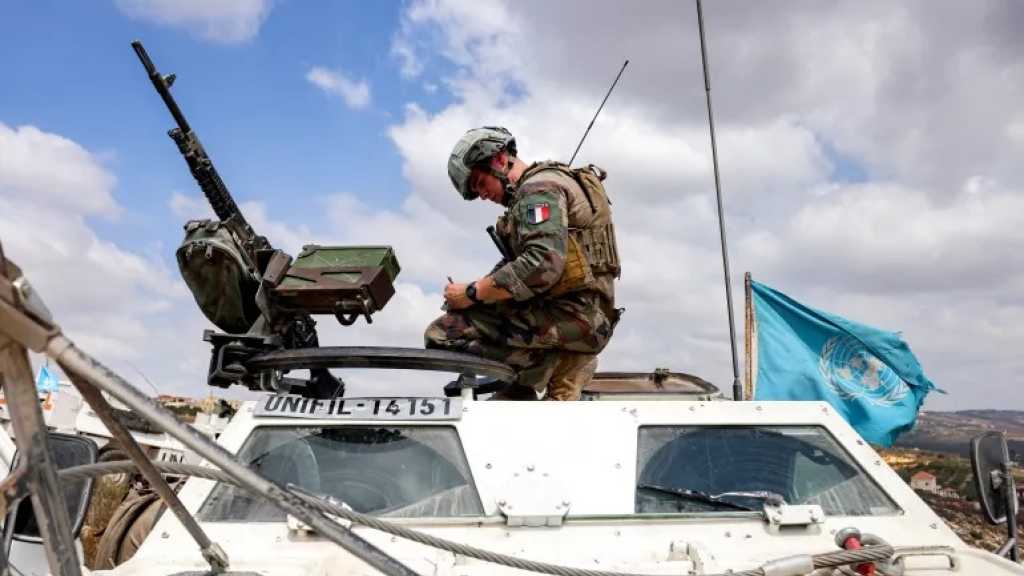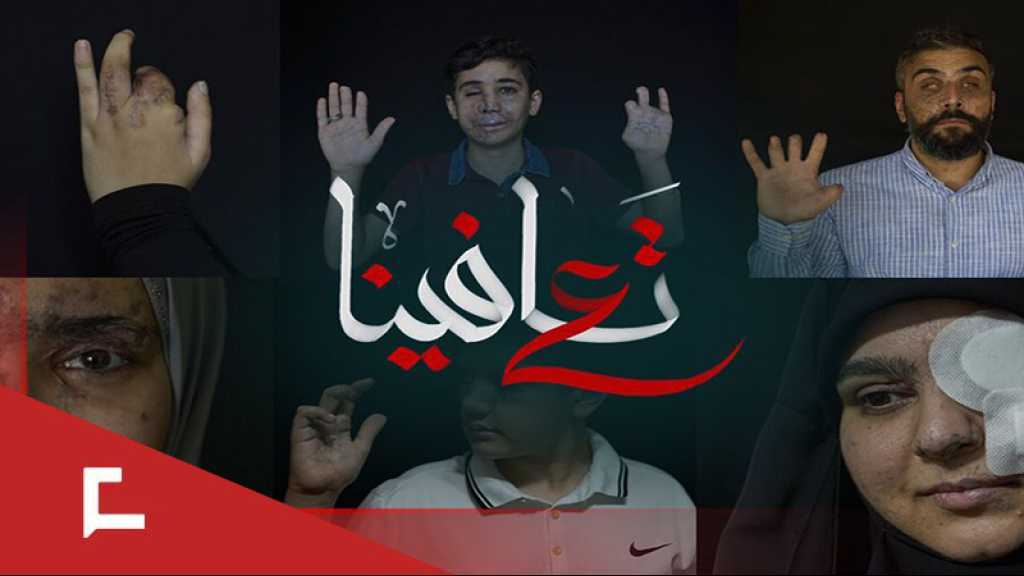What Is Saudi Arabia Up to in Lebanon?

By Ibrahim Al-Amin – Al-Akhbar Newspaper
Let us return twenty years back, to the period when the United States launched its “New Middle East” project, with France joining in the push to drive Syria out of Lebanon before and after the assassination of former Prime Minister Rafic Hariri.
At that moment, a fundamental shift took place in the stance of the second Arab sponsor of the Taif Agreement. For the first time, Saudi Arabia abandoned its publicly declared neutrality regarding Lebanon’s developments. The Al Saud quickly threw themselves—within a year—into their largest confrontation with a segment of the Lebanese population.
The target was not only the pro-Syria figures in power, but also the very foundation of a movement that rejected alignment with the new agenda—chiefly Hezbollah as a resistance force, and the Free Patriotic Movement [FPM] as the most representative Christian political power, alongside a segment of other Lebanese.
Back then, Lebanon witnessed a wave of political and media campaigns orchestrated by local figures aligned with the Washington–Paris–Riyadh axis, amplified by a wide Arab and international media network. When the Zionist enemy launched its war in July 2006, the Saudis were the first to provide regional, Arab, and Islamic political cover for the aggression—attacking the Resistance in Lebanon in parallel with IOF bombardments.
As usual, the Al Saud relied on bribery, submerging a class of politicians and media figures in money, while launching a massive demonization campaign against the Resistance and inciting sectarian divisions—including mobilizing Sunni clerics. This, despite Saudi Arabia knowing well that Lebanon had sectarian and political groups even more hostile to the Resistance and Syria than the Kingdom itself.
Saudi efforts were not confined to their Sunni and Druze allies. Together with the Americans, they created the “Embassy Shiites” program, while also exerting heavy pressure in the Christian arena, aiming to undercut the FPM’s wide representation. Meanwhile, the “Lebanese Forces” were still regrouping after Samir Geagea’s release from prison, leaving the so-called March 14 alliance as the loudest Christian bloc.
Though chronically weak in popular support, the Saudi-backed campaign focused on persuading public opinion that the Resistance was the source of Lebanon’s problems, and that its alliance with the FPM—protected regionally by Syria—was to blame. Riyadh promoted the idea that Lebanon’s salvation lay in abandoning the Resistance and severing ties with Syria. To this end, the Saudis mobilized political, media, and financial resources, coordinating with the Americans to establish a security and military foothold: first inside the Internal Security Forces, then attempting to extend it to the Lebanese Army, where the environment proved far more resistant.
No tactic was too dirty. They exploited the Hariri investigation to stoke accusations and mobilize the street, before escalating into direct pressure on the ground. Yet the Lebanese allies of this axis failed to grasp the dangers, deepening internal fractures and culminating in the fateful May 5, 2008 decisions of Fouad Siniora’s government against the Resistance. Those measures triggered the May 7 confrontations and eventually led to the Doha Agreement.
Disappointed with the outcome, Saudi Arabia concluded that its Lebanese allies were too weak to deliver. Riyadh retreated, reassessing its approach to Syria and Lebanon. Saad Hariri was the first casualty—forced by the Al Saud to visit Damascus. The experience helped Hariri better understand the country. Though he supported Assad’s opposition during the Syrian crisis, he avoided direct confrontation with Hezbollah.
Later, Hariri sought to advance relations with Hezbollah and even the FPM, gradually distancing himself from the feverish climate of tension. He was aided by shifts in Walid Jumblatt’s stance and broader regional changes.
But Hariri soon faced another test with the rise of Mohammed bin Salman—the “Prince of the Saw”. Bin Salman quickly revealed his disdain not just for Saad, but for the entire Hariri family. He pressured Hariri to escalate against Hezbollah as payback for its role in supporting the Ansarullah movement in Yemen, even demanding that Hariri lead a street-level confrontation.
At the same time, bin Salman viewed Hariri as one of those who had “betrayed the Kingdom’s trust and siphoned its money,” as he told visitors during Hariri’s kidnapping and detention in Riyadh. Hariri knew he could secure his release by carrying out the mission assigned to him in Lebanon.
Yet he chose not to. He refused to be dragged into civil war—especially after realizing the conspiracy against him by what he later called “allies of necessity,” referring to the Lebanese Forces and some March 14 figures who betrayed him in Saudi Arabia.
Ultimately, Hariri rejected the deal and withdrew from the scene, fully aware of the heavy price he had paid—and would continue to pay—for defying the “Prince of the Saw.”
Today, Saudi Arabia is once again attempting the same role, though with new faces—such as Nizar Al-Aloula and later Yazid bin Farhan—sending a blunt message to the Lebanese: Riyadh sees them as nothing more than hired hands for its agenda.
The irony is stark. After spending nearly $17 billion between 2005 and 2017—as bin Salman himself often boasted—Saudi Arabia now spends only a few million dollars on a handful of politicians and media outlets, with vague promises of more for future elections. The excuse is not financial constraints, but rather the belief that Riyadh no longer needs to pay heavily. It holds a stronger card now: its ties with the new administration in Syria.
The tragedy of Saudi rule is its intellectual poverty, lack of shrewdness, and absence of imagination. Riyadh has not altered a single letter of its old plan. Once again, it leads a campaign against the Resistance—branding it as Lebanon’s problem—while relying on the same failed March 14 remnants, the same media tools, the same bribery, the same clerical incitement. Shamelessly, it leans even more heavily today on US and “Israeli” influence.
Saudi Arabia acts as though the aftermath of the 2006 war and the fall of Assad’s government in Syria have made it the strongest player in the region, while refusing to acknowledge the facts:
- Back then, Presidents like Michel Suleiman and successive Hariri governments were firmly in Riyadh’s camp, along with right-wing Christian forces.
- No Lebanese faction declared war on Saudi Arabia, not even Hezbollah, which confined itself to speeches and statements.
- The majority of Druze, Sunni and a significant Christian bloc supported Saudi Arabia, alongside most media outlets, financiers and businessmen.
- Syria was weakened—pushed out of Lebanon and later consumed by its own internal conflict.
Today, Riyadh still relies on these same forces, but with crucial differences. Walid Jumblatt may long for bin Salman’s approval, but he has no appetite for new internal clashes. Christian right-wing parties face problems with the target itself, not just the slogans. Despite the FPM’s weakening, the “Kingdom of Goodness” remains hostile toward it.
As for Sunnis—many of whom once welcomed the idea of regime change in Syria—they never opened their doors wide to Wahhabi influence. Their broader base still regards Saad Hariri as their leader and knows he remains punished by the “Prince of the Saw”.
Meanwhile, Lebanese politicians now whisper about Ibn Farhan’s harshness while nostalgically recalling Ghazi Kanaan’s days in Lebanon. Even Western powers, who believe Lebanon is closer to them than ever, act with extreme caution—fearing that someone may yet overturn the table on everyone.
Still, the Al Saud persist down the same road toward inevitable failure.
What seems to embolden them today is not opportunity, but a sense of impunity—the conviction that no one can hold them accountable. They act openly, even proudly, declaring that they live in the era of “Israel.”
Let us wait and see.




